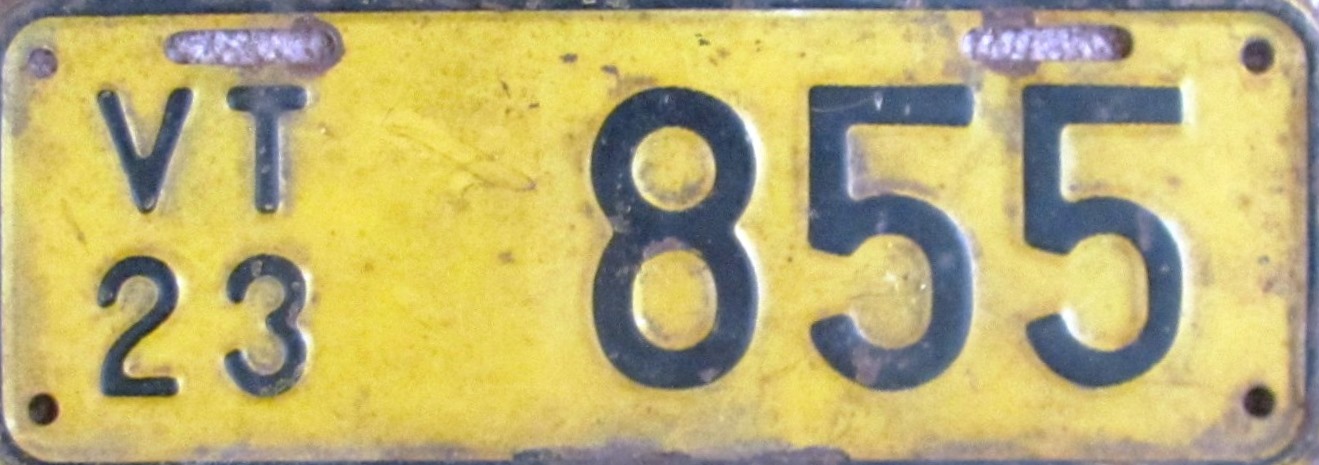
I live in a different world than most people. I remember in high school the teacher asked us seniors what we wanted to do when we left school. You can imagine many of the answers: college, marriage, riding a motorcycle west through Colorado, or Joe Booth, who wanted to be a doctor.
I said I wanted to be a hermit. The kids all laughed. The teacher said that wasn’t possible. Maybe not, but what was possible was a place where I could be me. I’ve always identified with the old ways. It was only natural I found the antiques business.
My world
By now, I’ve paid my dues. I don’t feel guilty, or selfish, if I don’t participate in today’s crazy world. I enjoy my own company. I always have something to do, and I’m never bored.
The antiques business has changed a lot in 50 years. I think of my friend Fitzie from Vergennes. Fitz was stationed in Alaska in World War II, working on the Al-Can.
He was a hoarder of parts. Fitz collected parts for railroad lanterns, burners, globes etched with the name of the railroad line. He collected weathervanes, clock parts, antique knives, early license plates, Model-T parts, anvils, and blacksmith-made bear traps, some made from early car springs, and what he called “old man stuff.”
Fitz scrapped out treadle sewing machines. The cast iron bases were sold to the public for $15. The buyer would add a marble or wood top. These bases made a decorative side table. Fitz had a use for the drawers from these machines. There were usually two oak drawers on each side of the machine. Fitz built a wall rack to hold them.
This rack was about 6 feet wide, and went from a counter to ceiling. There were probably 40 drawers. Whatever small items he stashed in a drawer, he put that item on the front of the drawer. One drawer might have a Hepplewhite drawer knob for a pull. Pull this drawer out and it was full of Hepplewhite hardware.
Another drawer might have brass pulls for Victorian and oak furniture. On the front of that drawer was a brass pull with bail. All of these drawers were identified this way. When he needed a part for a project, all he had to do was glance up to see the drawer he needed. Fitz was a master scrapper.
His three-story shop and house was full to the rafters the same way. Many people knew of his hoard, but he rarely sold a part – unless he liked you.
Fitz and I were close. I could call him up and ask if he had a particular part I needed. He’d always say, “Yes. Do you want a left-handed snobble, or a right-handed widget?” In days gone by I knew several people like Fitz. They are all gone now.
2024
Lee Decatur does business the old way. I used to repair clocks. I collected clocks and clock parts of all types. Lee, though 10 years my senior, is still repairing clocks. Lee has access to my clock parts today. No money changes hands.
A while back, I needed a new front door deadbolt installed. Lee did it for me, no charge. He’s done other projects for me over the years. No one keeps score.
Maybe I can’t be a hermit, but I can still deal with those who understand the value of their word or a handshake.
Sundays I go to Kendall church. It’s not a church, but a meeting of likeminded people. Kim’s older brother Lee is always there. Lee comes up from Keene. Dana often sits in. Dana lives in Andover. Last week we talked about how to grow pepper and tomato plants from seed, and how to pickle cucumbers. I can’t wait to try what I learned.
It’s difficult to find people today who know how to do business. Today people can be demanding. I guess that’s the new world. Fortunately, I still have customers that understand how to make a deal.
Today with a click of your smartphone you can have antique parts delivered to your door. This is a poor substitute for relationships developed between buyer and seller of my day.
This week’s old saying was a plumber’s ad: “Don’t sleep with a drip. Call your plumber.”